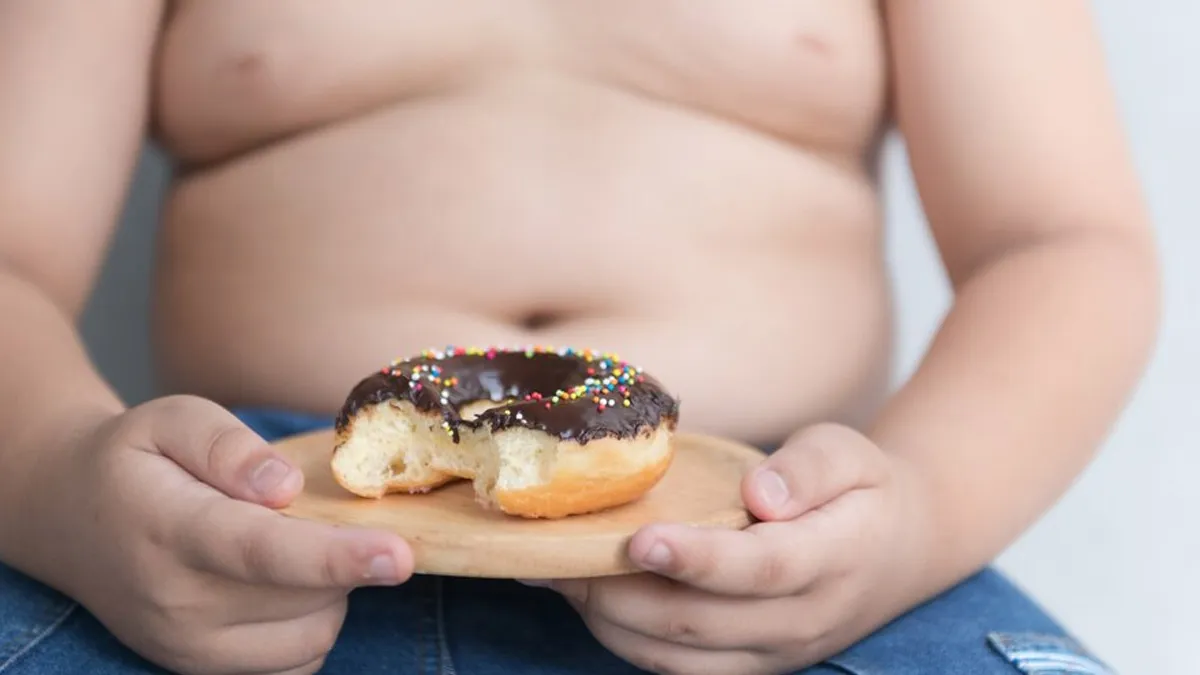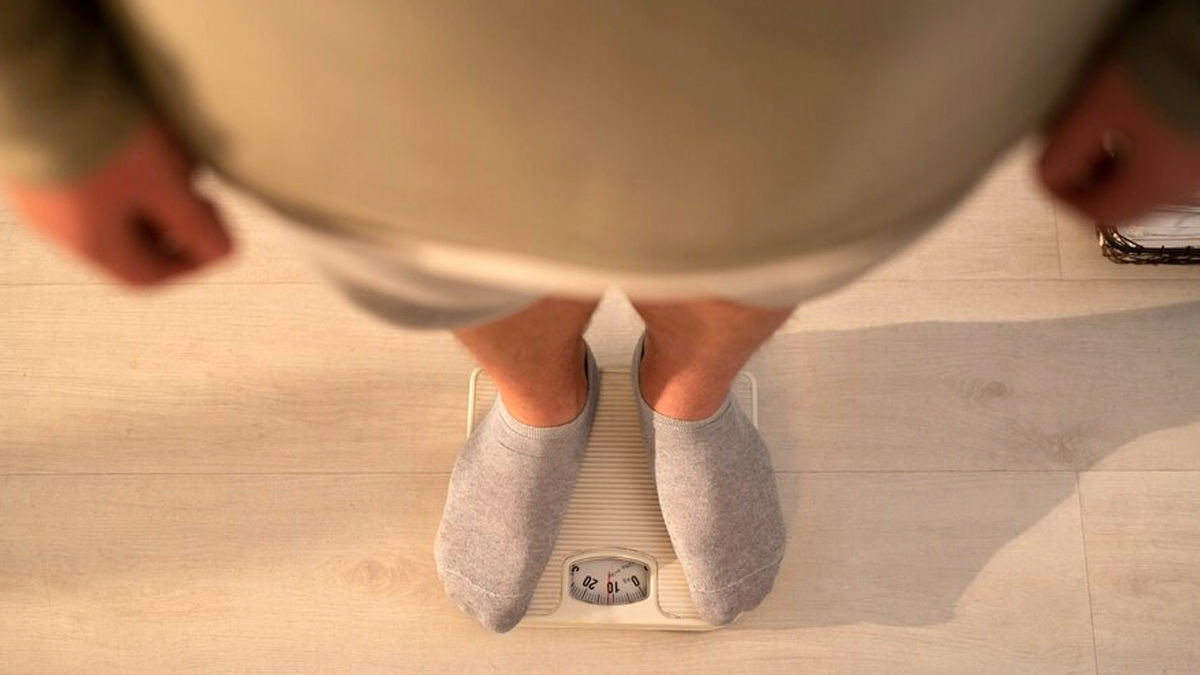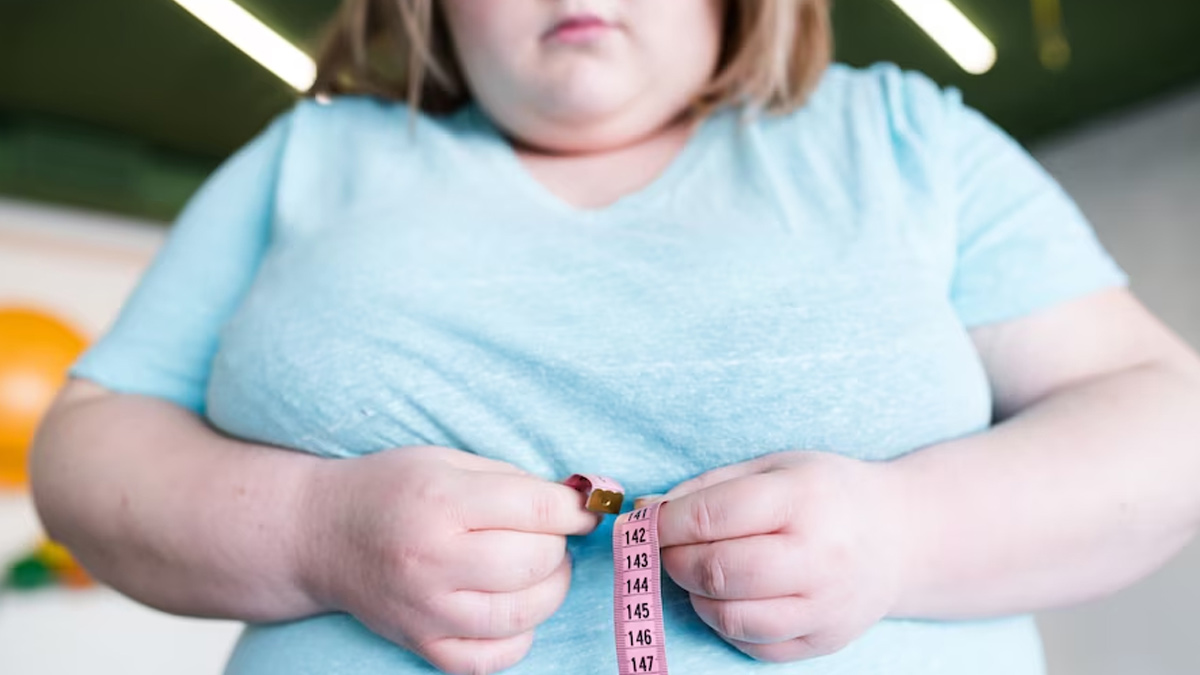
Children are often seen as the purest of souls, with their appearance and behaviour perceived as endearing and innocent. But a common mistake many adults and parents make is confusing potential health issues with cuteness. Take childhood obesity, for example; it’s a serious public health concern that’s frequently mistaken for harmless 'baby fat' or chubbiness and often brushed off as something children will simply outgrow.
Table of Content:-
But according to Dr Rajath Athreya, Lead Neonatologist and Senior Consultant Paediatrician, Rainbow Children’s Hospital, Sarjapur Road, Bengaluru, it is important to recognise the hidden signs of obesity in children and to identify the contributing factors. Read on to know all the information the doctor shared with us.
Also Read: Obesity And Skin Health: 7 Conditions To Watch Out For
The Prevalence Of Childhood Obesity

Childhood obesity has risen sharply worldwide over the past few decades. According to UNICEF, the number of children under five living with overweight or obesity increased from three crore in 2000 to 3.7 crore in 2022. Among children and adolescents aged 5–19, global obesity rates have surged from 4% in 1975 to nearly 20% in 2022, with a tenfold increase in prevalence.
Today, an estimated 6.5 crore girls and 9.4 crore boys aged 5–19 are living with obesity globally.
A recent globalstudy published in The Lancet found that in most countries today, more children are living with obesity than with undernutrition. In 2022, obesity was more common than thinness among girls in two-thirds of countries and among boys in over 60%.
After analysing data from over 1.8 lakh children across two decades, a 2023study published in Clinical Epidemiology and Global Health found that 8.4% were obese and 12.4% were overweight.
The risk was higher among boys, children attending private schools, those with working mothers, and kids with a family history of obesity.
Warning Signs Of Childhood Obesity That Often Go Unnoticed

Dr Athreya said, "Parents are often focused, if not obsessed, with ensuring their child eats enough. However, both unhealthy weight gain and poor eating habits can easily go unnoticed." Some of the warning signs include:
- A child carrying extra weight around the waist
- Darkened skin around the neck or armpits may signal insulin resistance caused by obesity.
- Snoring, gasping, and pauses in breathing during sleep
- Daytime fatigue, low energy, and trouble focusing in class
- Difficulty lying flat on their back while sleeping
- Morning headaches and declining school performance
- Emotional eating in children who struggle with anxiety, stress, or low mood
Watch Out For Emotional Eating

Emotional eating, also known as stress eating and emotional overeating, refers to when people eat to deal and cope with their feelings instead of trying to satisfy their hunger.
According to Dr Athreya, emotional eating can contribute significantly to obesity in young children. “Children should learn to soothe themselves in ways unrelated to food. However, parents often use food as a threat or reward, and children frequently imitate the behaviours they observe in adults.”
He added, “Anxiety and low mood can be temporarily alleviated by consuming high-sugar, high-calorie snacks.”
Additionally, overweight children may face bullying, develop negative body images, and withdraw from games and sports. This can lead to poor self-esteem and low mood, which in turn may trigger stress or emotional eating.
Also Read: Can Obesity Cause Anxiety? Expert Weighs In
Screen Time And Sedentary Lifestyle: Common Contributing Factors
A study in the journal Pediatrics shows that more screen time can lead to weight gain in children. When kids spend hours on TVs, phones, or tablets, they tend to snack more, sleep less, and see more junk food ads, all of which raise the risk of obesity. The research also found that cutting back on screen time can help slow weight gain.
With kids now spending even more time on digital devices, experts say it’s time to rethink how screen habits shape their health.
Dr Athreya further advised at least one hour of vigorous physical activity daily, along with strength-building activities like cycling or climbing once or twice a week. "Once a child becomes overweight, participating in such activities may become difficult, reinforcing a preference for sedentary habits and further screen time," he added.
Why Early Screening Is Key
Children are generally monitored closely in their first two years during regular vaccination visits. However, from ages 3 to 16, regular follow-ups are often missed, as children tend to visit doctors only when unwell, and even then, the focus is usually on treating the acute illness, shared Dr Athreya.
“Monitoring growth patterns by measuring height and weight at least every six months and plotting them on standard growth charts is essential. Height and weight percentiles should be similar, and Body Mass Index (BMI) can be calculated and tracked. Children with a BMI above the 85th percentile for age are considered overweight, above the 95th obese, and above the 99th severely obese,” he added.
Therefore, it is important to recognise that childhood obesity often persists into adulthood (half of obese kids remain obese as teenagers, and 80% of obese teenagers stay obese into adulthood), making early detection crucial for lifelong health and well-being.
Also watch this video
How we keep this article up to date:
We work with experts and keep a close eye on the latest in health and wellness. Whenever there is a new research or helpful information, we update our articles with accurate and useful advice.
Current Version